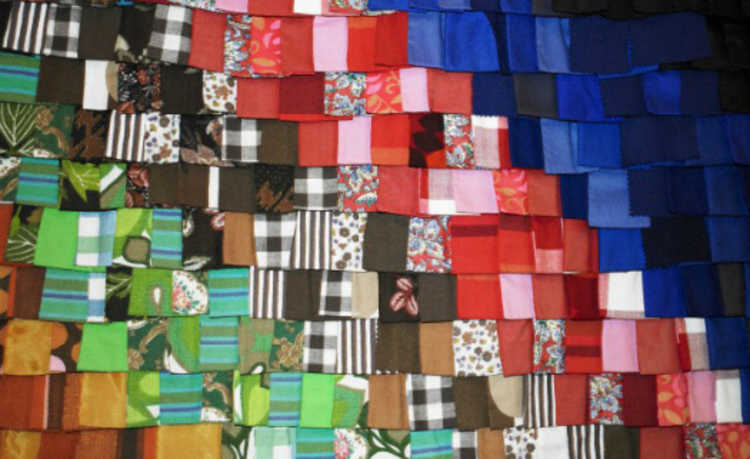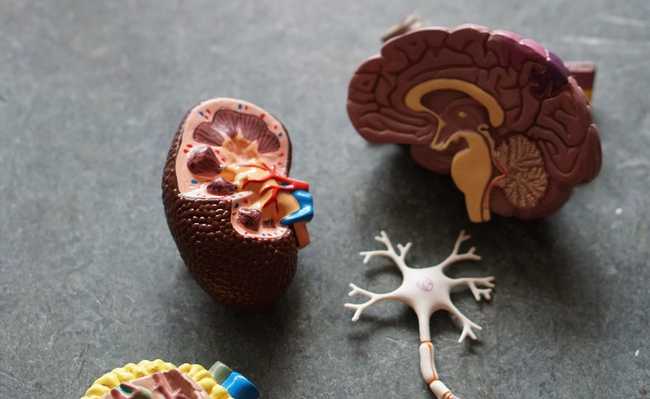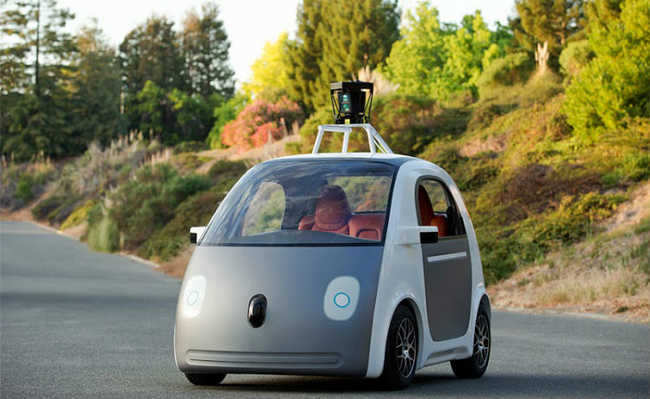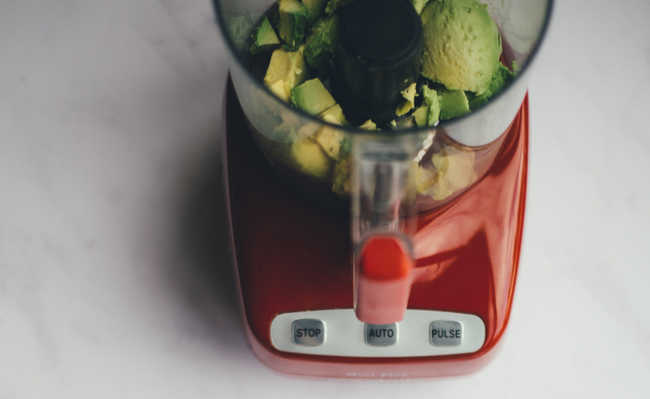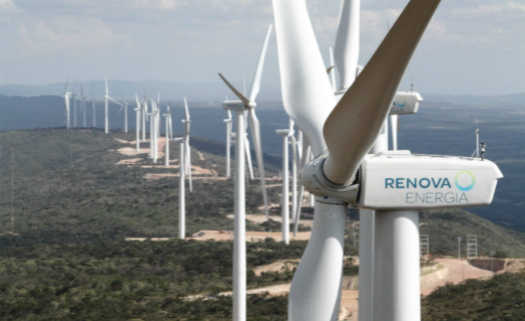Air Purifiers: What They Are and Their Care
It is necessary to pay attention at the time of purchase and when cleaning the filter, in addition to changing this part regularly. See more tips

Common sense would say that the air outside the home is more polluted than the air inside. With pollution from car exhausts and industrial chimneys, it is normal to believe that it is best to protect yourself in your own home, away from this type of health threat.
But the situation is not quite that. Inside our homes we are exposed to a greater amount of pollutants than in the external environment. As shown in other eCycle articles, indoors we are exposed to several toxic chemical compounds, such as Persistent Organic Pollutants (POPs), Volatile Organic Compounds (VOCs), Bisphenol-A (BPA), Perfluorinated Compounds (PFCs) , fluoropolymers, phthalates and even heavy metals. All of these compounds can be found in many products in our daily lives.
That's not counting the particulate matter, mold, bacteria, viruses, animal hair, insect remains and every kind of dirt you can imagine. Even though all this is also found outside the home, the big difference lies in the fact that, on the street, the dirt is able to disperse thanks to the wind, unlike what happens indoors.
remedying the problem
The most efficient way to improve the air quality in homes is through the use of air purifying appliances. The main functions of this type of equipment are the fight against allergies, asthma, microbes, dust, odor, smoke and chemical products. There are five different types available on the market.
The first, and simplest, is the filter. Commonly found in air conditioners and ventilation and heating systems, it purifies the air as it passes through it. Impurities are trapped in the filter itself, usually made of foam, cotton, fiberglass and other synthetic fibers. Even though some filters are washable, most of them must be changed from time to time, which leads to the generation of waste that is not always recyclable.
The most efficient of all types of purifiers is the HEPA filter – high efficiency particulate air filter, in free translation. It can be made of any type of material, as long as it meets the US Department of Energy (DOE) specifications, which mandate that 99.97% of particles up to 0.3 micrometers in diameter present in the air are filtered.
The second type uses a technology based on ultraviolet (UV) radiation. Studies show that UV rays have the ability to destroy bacteria, germs and viruses present in the air. Its disadvantage is that it is very specific, not fighting all the impurities present in the air. However, this technology can be combined with other types of purifiers.
Another type uses adsorbent agents (different from absorbents), such as activated carbon, as a filter. Thanks to the porosity of these materials, relatively large particles are trapped in the agent's structure, ensuring that the air is cleaner. The type of treatment given to the adsorbent during its manufacture is crucial to assess which types of compounds can be filtered by it.
The last two types of purifier are the most controversial. The first is the ionizing purifier, which, through the emission of an electromagnetic field, transforms molecules into ions, which in turn join with the other ions formed by the purifier. The idea is that, when they come together, the dirt molecules fall to the ground.
The problem is that there are no tests to prove that ionizing devices actually purify the air. The discussion on the subject ended up resulting in a legal battle between Consumers Union magazine, which carried out tests proving the ineffectiveness of these purifiers, and a manufacturer of these products.
The same problem is found in ozone generating purifiers. As with the ionizer, this purifier also alters the molecular structure of components present in the air. In this case, it transforms the oxygen present in the environment (O ² ) into ozone (O ³ ). Although manufacturers claim that O³ deodorizes and disinfects the air, there is no scientific proof of this fact.
Ozone is an extremely toxic gas and the use of this type of purifier is not recommended by the US Environmental Protection Agency (EPA).
In Brazil, the presence of this type of product on the market is a little confusing. Remember that odorizers, which make the environment smell more pleasant, are not air fresheners and may contain toxic substances.
Many do not know what air purifiers are. Humidifiers, which are commonly sold as purifiers, don't fall into this category either. They just make the environment more humid, more suitable for people with respiratory problems.
fighting the problem
It is also important to prevent and avoid the accumulation of dirt and toxic products inside your home, especially if you do not have access to an air purifier.
The first thing to do is get rid of the source of the contaminants. Prevent mold from appearing and clean the most susceptible places in your home. Do not smoke or prepare foods that can produce a very large amount of smoke inside your home. If the problem is animal hair, restrict their presence to specific places in your home.
Vacuum your entire home, including carpets, closets and hard-to-reach places, at least once a week and pack your mattresses with plastic to prevent allergenic substances from accumulating inside your home. By the way, it's not enough to just vacuum your carpets. The best thing is to beat them three or four times a year to ensure they are free of all bacteria, microorganisms and dust.
Leave the windows open for air to circulate, and if you have air conditioners or air purifiers in your home, change your filters regularly.
As always, small steps like these are critical to a healthier life. Do you have any other tips? Leave in the comments below!



